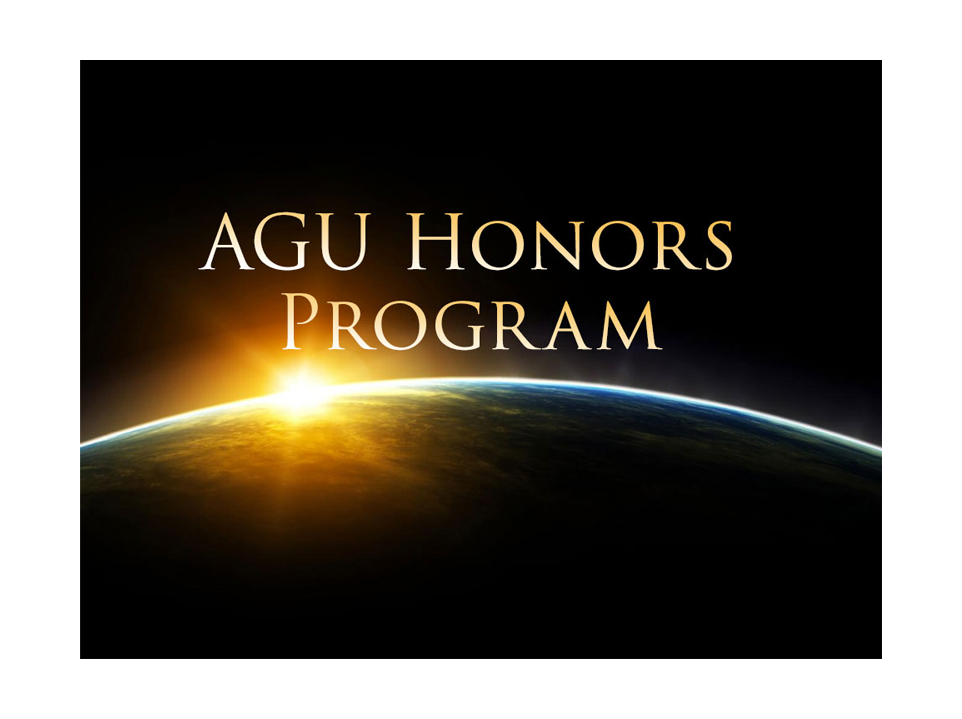Citation
Mioara Mandea, program manager for the Solid Earth Directorate for Strategy and Programmes at Centre National d’Etudes Spatiales since 2011, started her scientific career during the very strict communist regime in Romania and obtained her Ph.D. at Bucharest University in 1993 under difficult conditions. This early experience and her persistent effort to overcome the difficulties also characterized her subsequent work. Be it in Vietnam or in Namibia, in Egypt or in India, to name just a few of the many places where she has been involved with the global geomagnetic ground-based network, she brought her knowledge, her field experience, and her determined approach to find solutions.
Mioara’s career in the western European research community started with a number of research fellowships at the Institute de Physique du Globe de Paris. But it very soon took a more international direction when, in 1994, she became the head of the French National Magnetic Observatory, which included the responsibility for observatories outside France in less developed countries. When she was appointed the head of the geomagnetic section at the Helmholtz-Zentrum Potsdam in 2005 she forcefully initiated the expansion of the global networks of high-quality geomagnetic observatories.
In both France and in Germany she highly prioritized building up student education and supervising Ph.D. students from less favored countries.
Mioara has devoted much effort to projects involving the international community. In particular, her contribution to the World Digital Magnetic Anomaly Map should be mentioned. Such maps are crucial to combining the various local surveys into a coherent global representation. Mioara was a key person in this initiative, as illustrated by her appointment as president of the Geophysical Maps Commission of the Commission for the Geological Map of the World.
Within the International Association of Geomagnetism and Aeronomy (IAGA), she became a member of the executive committee in 2007 and secretary general in 2009. In this capacity she was instrumental in organizing the 2013 Scientific Assembly of IAGA in Mexico. In the European Geosciences Union (EGU), Mioara became president of the Earth Magnetism and Rock Physics Division in 2007 and had a considerable impact on the structure of the division. In 2012 she was appointed general secretary of the EGU.
Her interest in preparing young scientists to exploit the challenging opportunities in the scientific fields of geophysics is illustrated by her membership in the Excellence in Geophysical Education Award Committee of AGU in 2008 and her role as chair of that committee in 2010.
Congratulations to Mioara for her valuable contributions to the science of Earth’s magnetic field and her deep commitment to working for greater participation of scientists from less developed countries.
—Eigil Friis-Christensen, Technical University of Denmark, Lyngby, Denmark
Response
It is a great pleasure, a privilege, and an immense honor to be the recipient of the AGU 2014 International Award, especially considering the international reputation of AGU, fostering scientific excellence and promoting research in Earth and space sciences worldwide. I would not be standing here today were it not for Eigil Friis-Christensen and his generous citation and for my colleagues who have supported my nomination.
Receiving this award has a special significance for me, as I have myself been the subject of a broad international education and career in institutions and universities of Romania, France, and Germany. Here, I would like to briefly address my two reasons for feeling so privileged: the object of my studies and the people I have shared my work with. My research has focused on the measurement, observation, modeling, and theory of understanding the multitude of magnetic fields encountered in the Earth’s and Earth-like planets’ space. Recently, my interest has shifted to a wider range of topics, mostly related to the solid Earth’s observation from space, a great challenge but also an enriching experience that has familiarized me with a highly qualified team. My current position in Centre National d’Etudes Spatiales (CNES) has also opened new perspectives for international projects and collaborations.
I have always considered that doing science is a hobby worth sharing with others, colleagues, or students. I firmly believe that it is our responsibility to invest resources for the community well-being, so I have been involved in many activities with AGU, European Geosciences Union (EGU), and the International Association of Geomagnetism and Aeronomy/International Union of Geodesy and Geophysics (IAGA/IUGG). The dynamics of human relationships is a fundamental aspect of scientific research, especially nowadays when research is understood as a collaborative practice: I have been very lucky from this point of view. A list of all collaborators I am indebted to includes more names than I could possibly evoke here and now….
Nevertheless, on this special occasion, I would like to thank Jean-Louis Le Mouël, without whom my career in geosciences would have never been realized. It is rightfully customary to take a moment and thank the family: my parents, my daughters, Anamaria and Raluca, my sister, Daniela, with their relatives and families. To finish, let me address my final thanks to my students, my colleagues, my friends, who have played such an important role during these years, and again share with them this wonderful recognition. Thank you.
—Mioara Mandea, Centre National d’Etudes Spatiales, Paris, France
Citation: AGU (2015), Mioara Mandea receives 2014 International Award, Eos, 96, doi:10.1029/2015EO022997. Published on 30 January 2015.
Text © 2015. The authors. CC BY-NC 3.0
Except where otherwise noted, images are subject to copyright. Any reuse without express permission from the copyright owner is prohibited.


